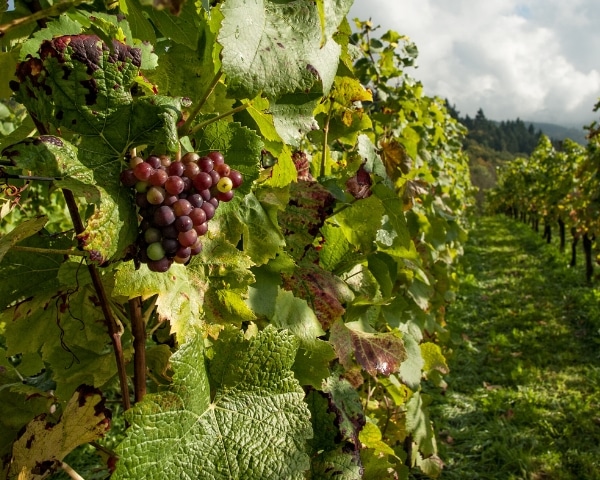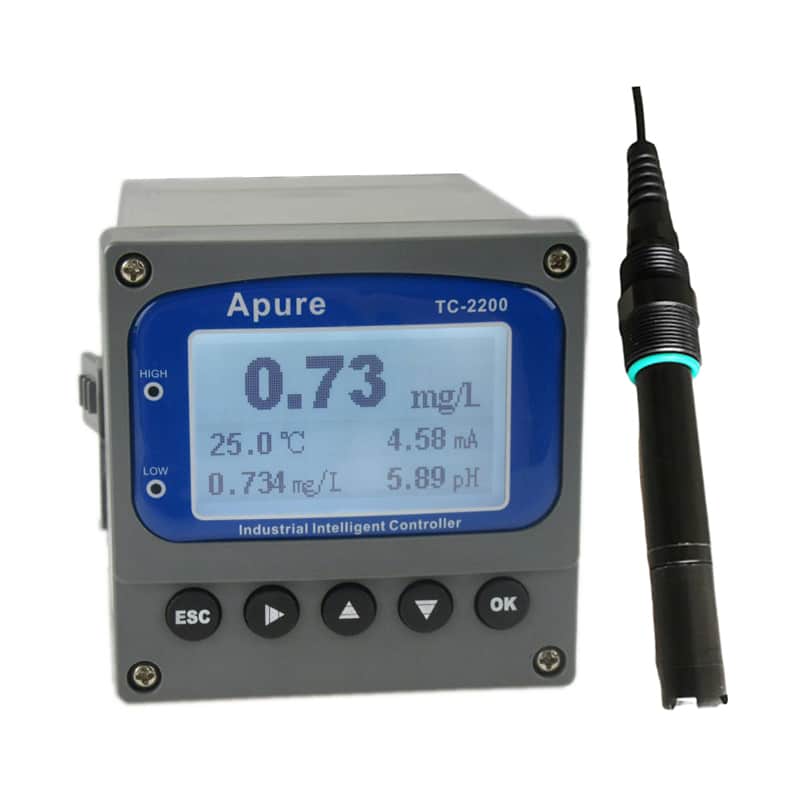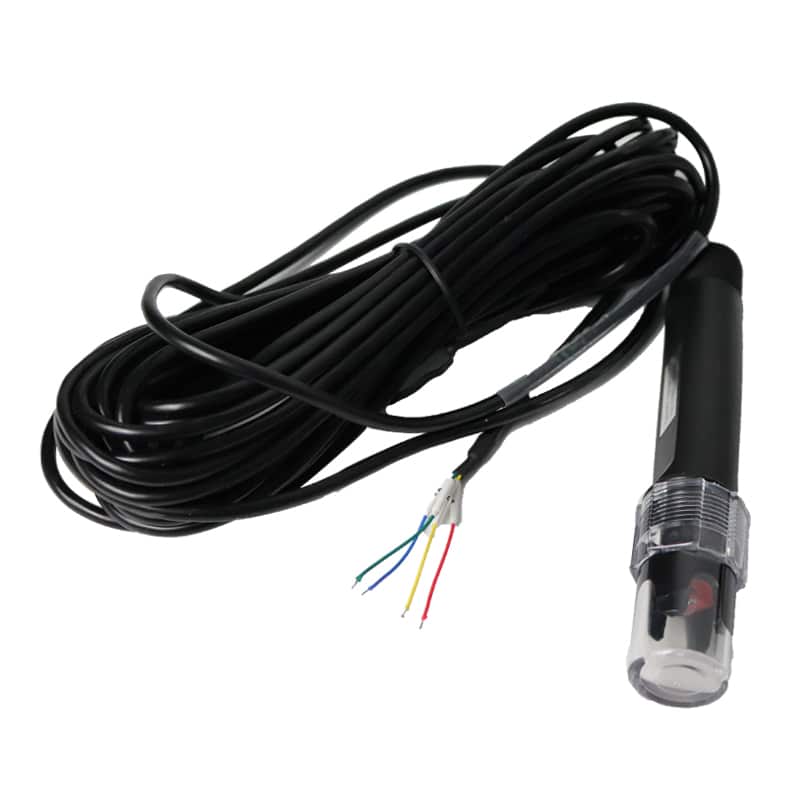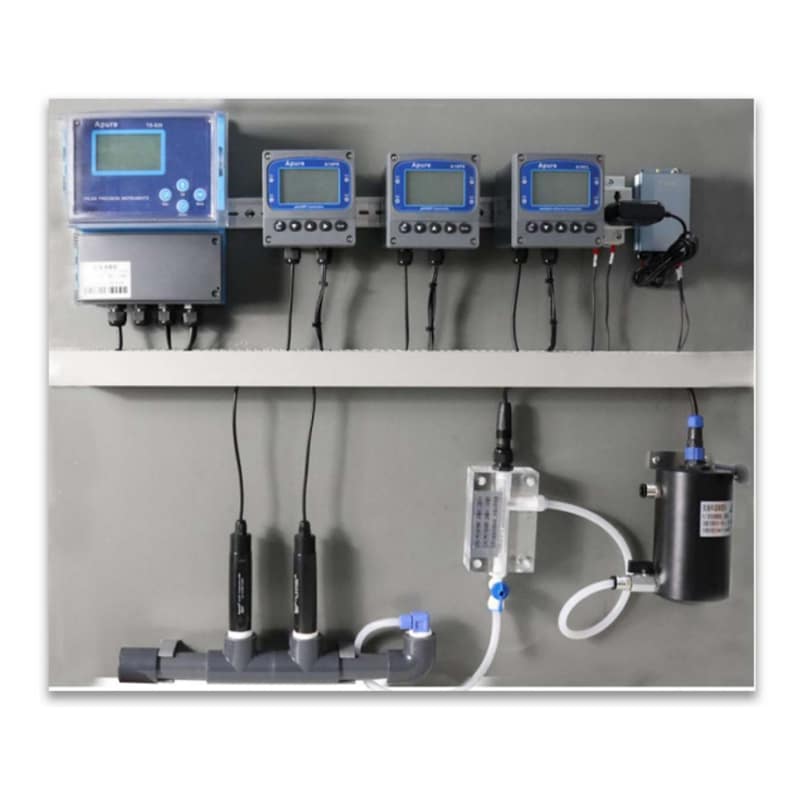Did you know that the flavor, color and quality of a bottle of wine is closely related to the pH level of the grapes? The flavor, color and quality of a bottle of wine is surprisingly closely related to the pH of the grapes! In the world of viticulture and winemaking, pH not only determines the growth of the grapes, but also affects the taste of every drop of wine. Accurate measurement and control of pH is the key to making quality wine. As experts in water quality instrumentation, we will provide you with an in-depth analysis of the importance of pH in winegrowing and winemaking, and show you how to improve the quality of your wines with accurate pH monitoring instruments.
Importance of pH for Grape Growth
Grapevines are very sensitive to the pH of the soil. An appropriate pH range (usually 5.5-6.5) promotes nutrient uptake by the vines and ensures healthy growth. If the soil pH is too high or too low, the following problems may result:
pH too high (alkaline soil): Iron, zinc and other trace elements are difficult to absorb and grapevines are prone to deficiency symptoms.
pH too low (acidic soil): Increased toxicity of aluminum and manganese, inhibiting grapevine root development.

How to Accurately Measure Soil pH?
Regular monitoring of soil pH is essential to ensure that vines are growing in optimum conditions. Our portable pH meter utilizes a high-precision sensor with a quick 3-second test to ensure growers stay on top of soil health. Instruments and sensors like Apure TC-2200 Digital pH andChlorine Tester and PHK Industrial DigitalWater pH Sensor are recommended for fast, accurate soil pH measurements. With real-time data, soil pH can be adjusted in a timely manner to ensure healthy vines.


How does pH Change During Grape Ripening?
1) The green stage: low pH (2.8-3.2)
- At this stage, the grape berries are still growing and developing, and the tartaric acid and malic acid content in the berries is high, resulting in strong acidity and low pH value.
- The sugar content in the fruit is low, the flavor is not yet fully formed, and the taste is sour and astringent.
(2) Color change period: pH gradually increases (3.0-3.4)
- As the grapes gradually ripen, the organic acids (mainly malic acid) inside the fruit begin to decompose, causing the pH value to gradually rise.
- Sugar begins to accumulate in large quantities, which gradually reaches a balance with acidity, making the grapes richer in flavor.
(3) Full ripening: pH rises further (3.4-4.0)
- Tartaric acid and malic acid continue to decrease, leading to a rise in the pH of the must.
- The accumulation of minerals (potassium and sodium) contributes to this rise in pH.
- The ideal balance of glucose levels and acidity is reached at this point, which is a critical time for harvesting.
How does pH Affect Wine Fermentation and Flavor?
pH also plays a key role in the winemaking process. It not only affects the activity of the yeast and the rate of fermentation, but also determines the stability, color and flavor of the wine.
Fermentation: A proper pH (usually 3.0-3.8) promotes yeast activity and ensures smooth fermentation.
Flavor and color: Wines with a lower pH usually have a brighter color and a fresher taste, while wines with a higher pH can be bland and tasteless.
Stability: pH affects the microbiological stability of wines, and high pH can lead to bacterial contamination.

How to Accurately Control pH in Winemaking?
During the winemaking process, we recommend the use of a water quality monitoring panel. This instrument monitors the pH level in the fermenter in real time, helping the winemaker to accurately control the fermentation conditions and ensure the quality and flavor of the wine.

Why is pH So Important for Grapes and Wine?
- Soil pH affects vine growth and ranges from 5.5-6.5 to ensure nutrient uptake.
- Grape pH affects flavor and ripeness, usually ranging from 2.8-4.0, and determines the level of flavor in a wine.
- Wine pH affects fermentation, stability and color, with an ideal range of 3.0-3.8, which affects the ability of the wine to store.
Summary
Accurate pH measurement is an essential part of the grape growing and winemaking process. With specialized pH measurement instruments, growers and winemakers can monitor pH levels in real time to ensure healthy grapes and high quality wine.
Apure Water Treatment, a reliable manufacturer of water quality monitoring, offers a wide range of water quality monitoring instruments, including turbidity, chlorine, salinity, ozone as well as flow meters, level measurement, pressure measurement, and ozone generators in addition to ph. If you are looking for a reliable solution for pH measurement, please feel free to contact the professional team! Get professional product recommendations and technical support.
